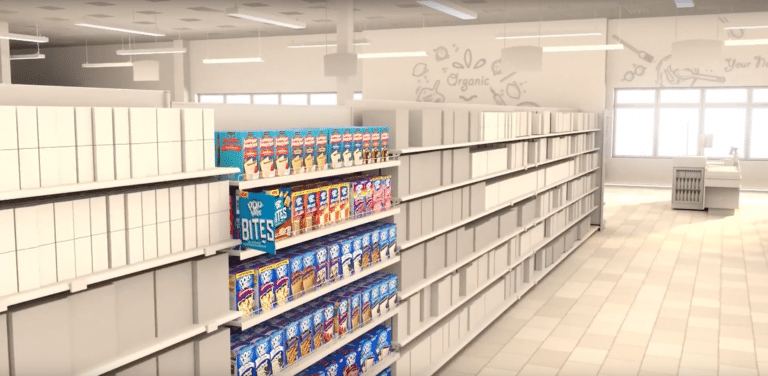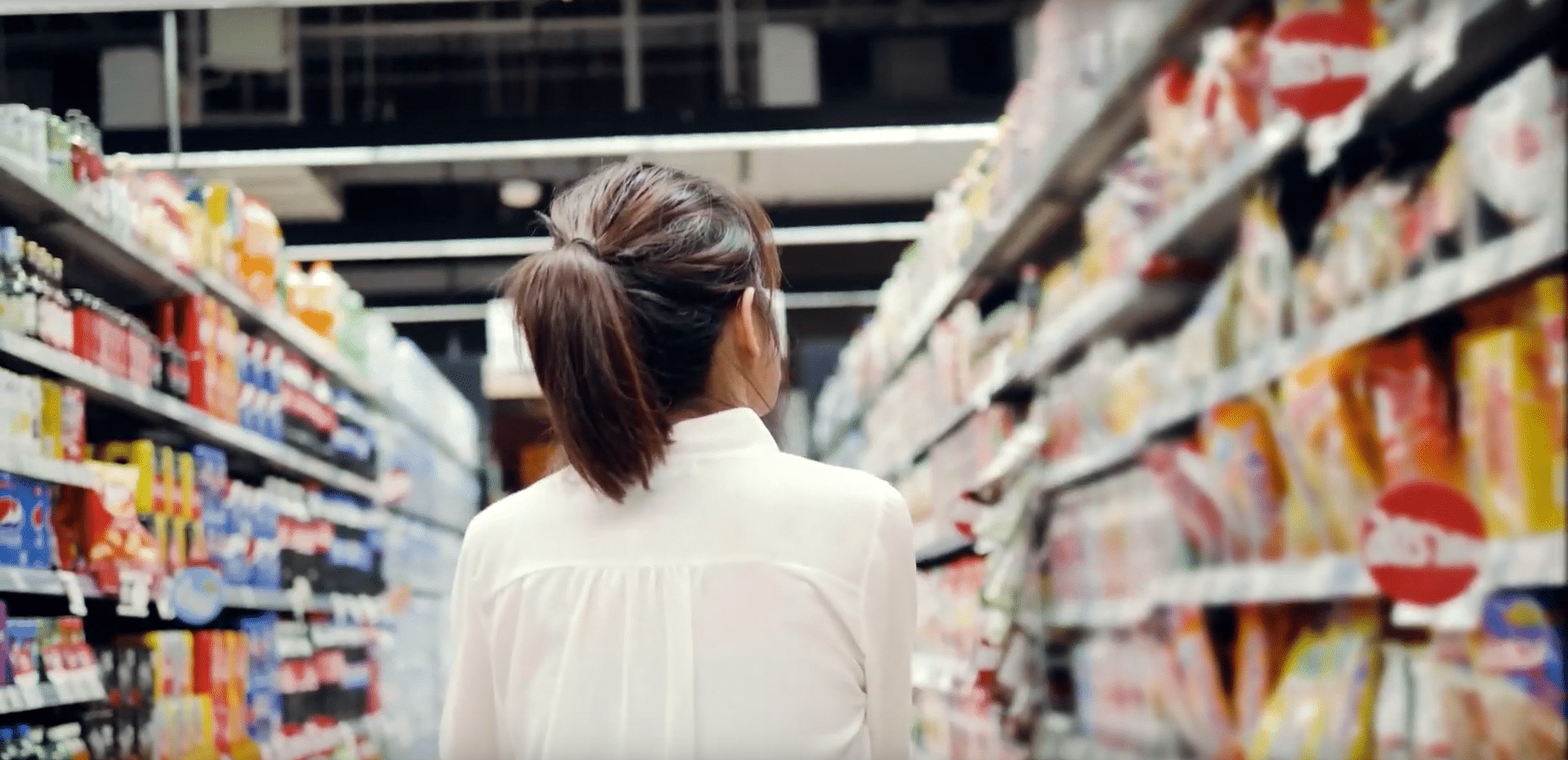
Data Point of the Week is AR Insider’s weekly dive into data from around the XR universe. Spanning usage and market-sizing data, it’s meant to draw insights for XR players or would-be entrants. To see an indexed archive of data and narrative reports, subscribe to ARtillery PRO.
Most of our focus on spatial computing in retail is around AR, such as in-store shopping assistance. We wrote an entire report about it. But VR is also having an impact. Its place is more retailer/enterprise-facing. That’s played out in the past through things like Walmart’s VR training.
But it’s also being deployed for store layouts and yield optimization. That’s a fancy way of saying it helps retailers simulate shopping experiences in a virtual environment (cheaper), to decide what products should go where. These decisions can sway millions in revenue when at scale.
The latest comes from Kellogg’s (think: Corn Flakes) which worked with Accenture XR and Qualcomm for a new VR-fueled form of consumer research. It did so by testing in-store shelf positioning for its products in VR, and measuring user engagement with eye tracking.

Test subjects were exposed to full-scale virtual store aisles in VR. They could move through the space by teleporting, shop and put products in a virtual shopping cart. Eye tracking came into the picture to see where on store shelves shoppers attention was attracted.
Specifically, the test sought to discover behavioral data around Kellog’s Pop Tart Bites. It found that placing that particular product on lower store shelves was more effective than top shelves. This is a discovery that likely wouldn’t result from its standard product testing (online surveys).
“To confirm the high degree of correlation between results of our VR tests and those from existing testing methods, eye tracking provided us insights in consumer behavior that otherwise we would have missed,” said Accenture XR’s Head of Marketing & Innovation Strategy, Raffaella Camera.
And the result? The company put this knowledge in play and saw a lift in purchases, to the tune of 18 percent above the baseline control group. And the sales lift wasn’t just for the tested product: the new placement created an optimized orientation of all Kellog’s products on the same shelf.
 As for who did what in this collaboration, Accenture XR developed the software and test parameters, Qualcomm provided headsets and eye-tracking, and Kellogg was the test partner. With this test validated, there will likely be other brands and retailers lining up to do the same.
As for who did what in this collaboration, Accenture XR developed the software and test parameters, Qualcomm provided headsets and eye-tracking, and Kellogg was the test partner. With this test validated, there will likely be other brands and retailers lining up to do the same.
Moreover, this validates VR as a potential new flavor of consumer research, and the results speak for themselves. The takeaways of this particular test (lower shelf placement) won’t apply to nuances of other products, so we’ll see lots of other insights uncovered by other brands.
See the video below for more color on the project and ROI metrics. And for more from Accenture XR’s Raffaella Camera, see our past interview and panel discussion.
For deeper XR data and intelligence, join ARtillery PRO and subscribe to the free AR Insider Weekly newsletter.
Disclosure: AR Insider has no financial stake in the companies mentioned in this post, nor received payment for its production. Disclosure and ethics policy can be seen here.
Header image credit: Accenture
